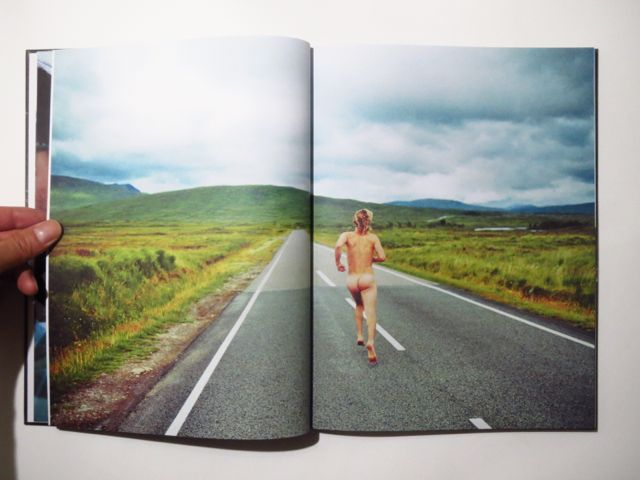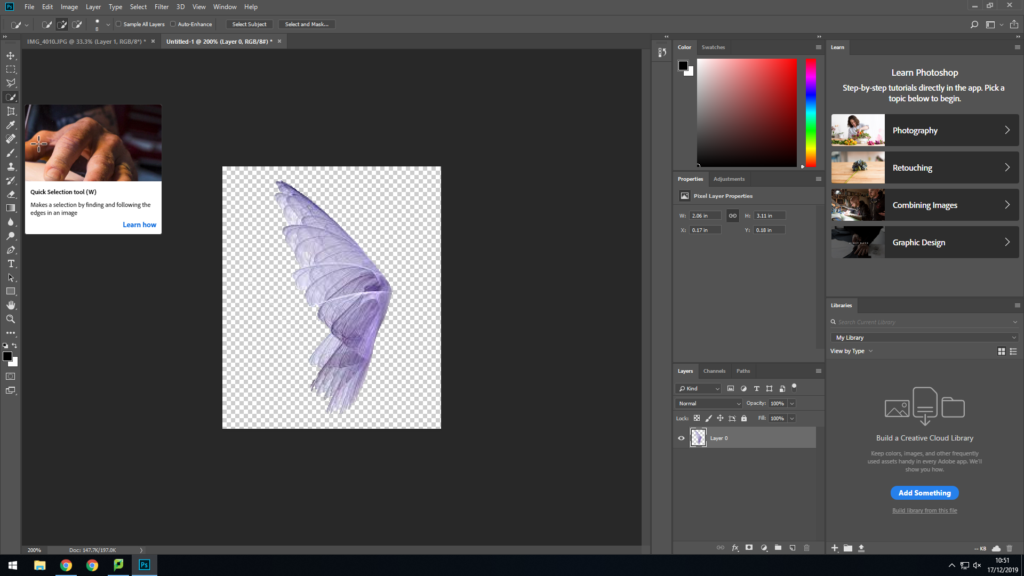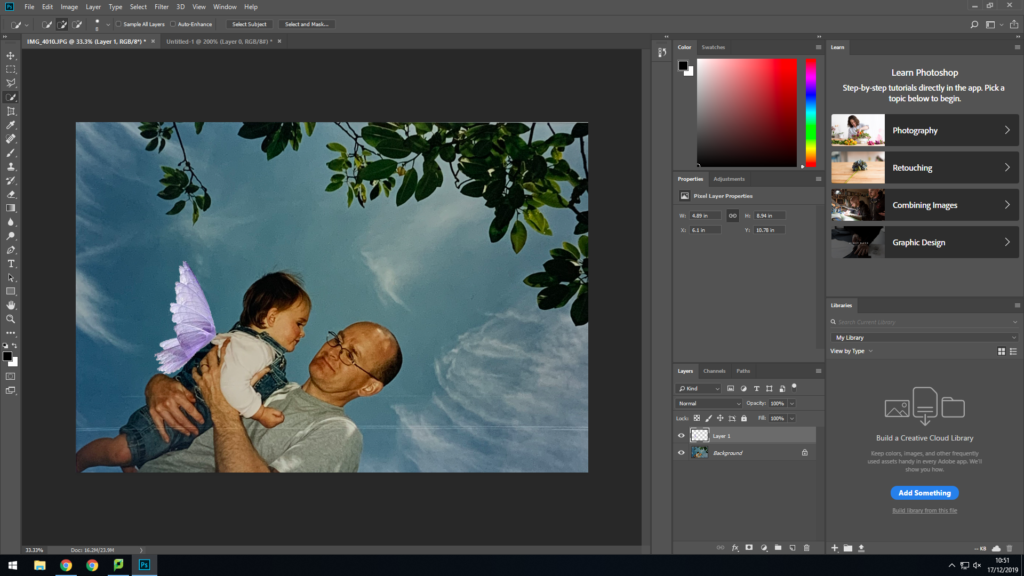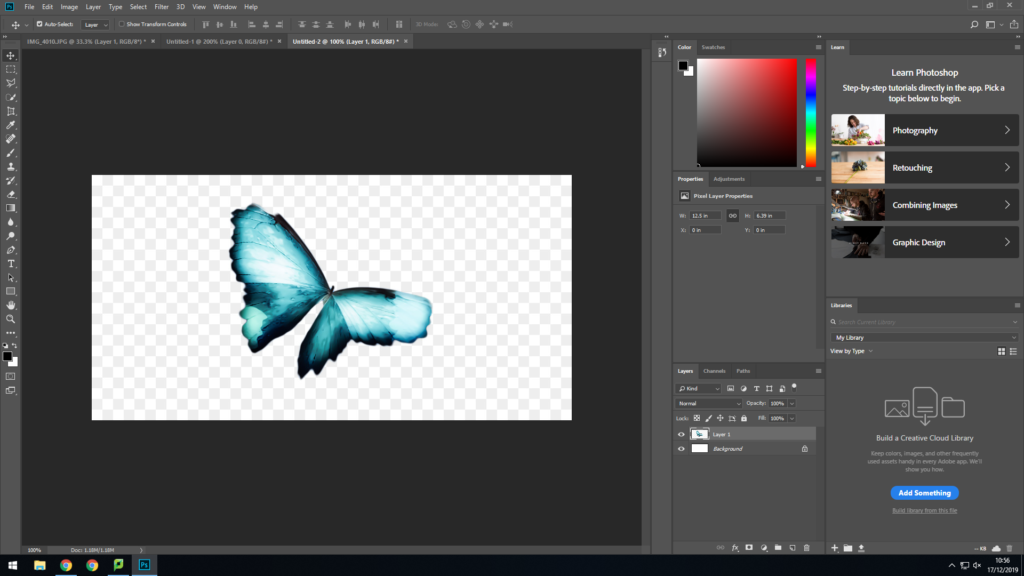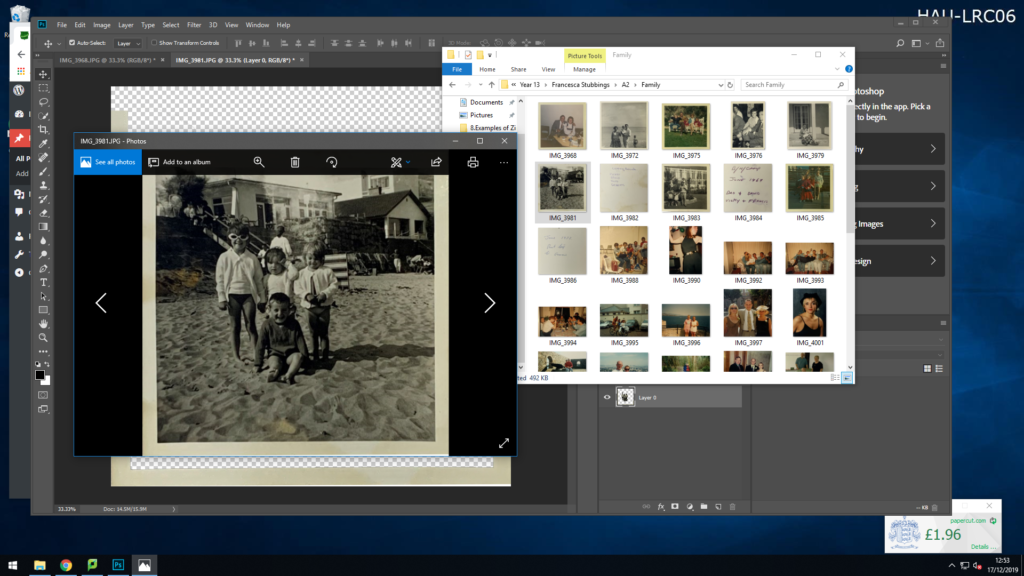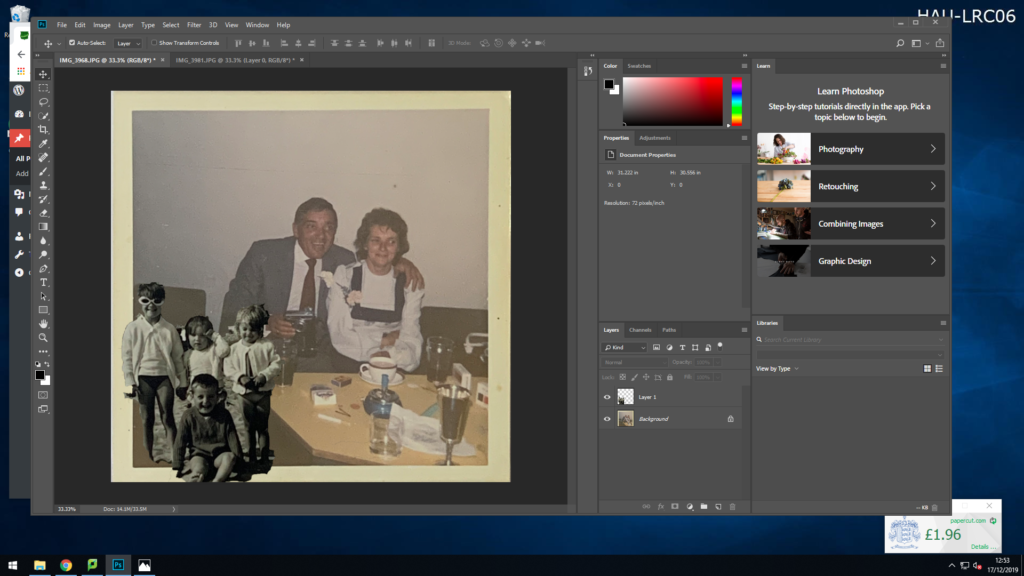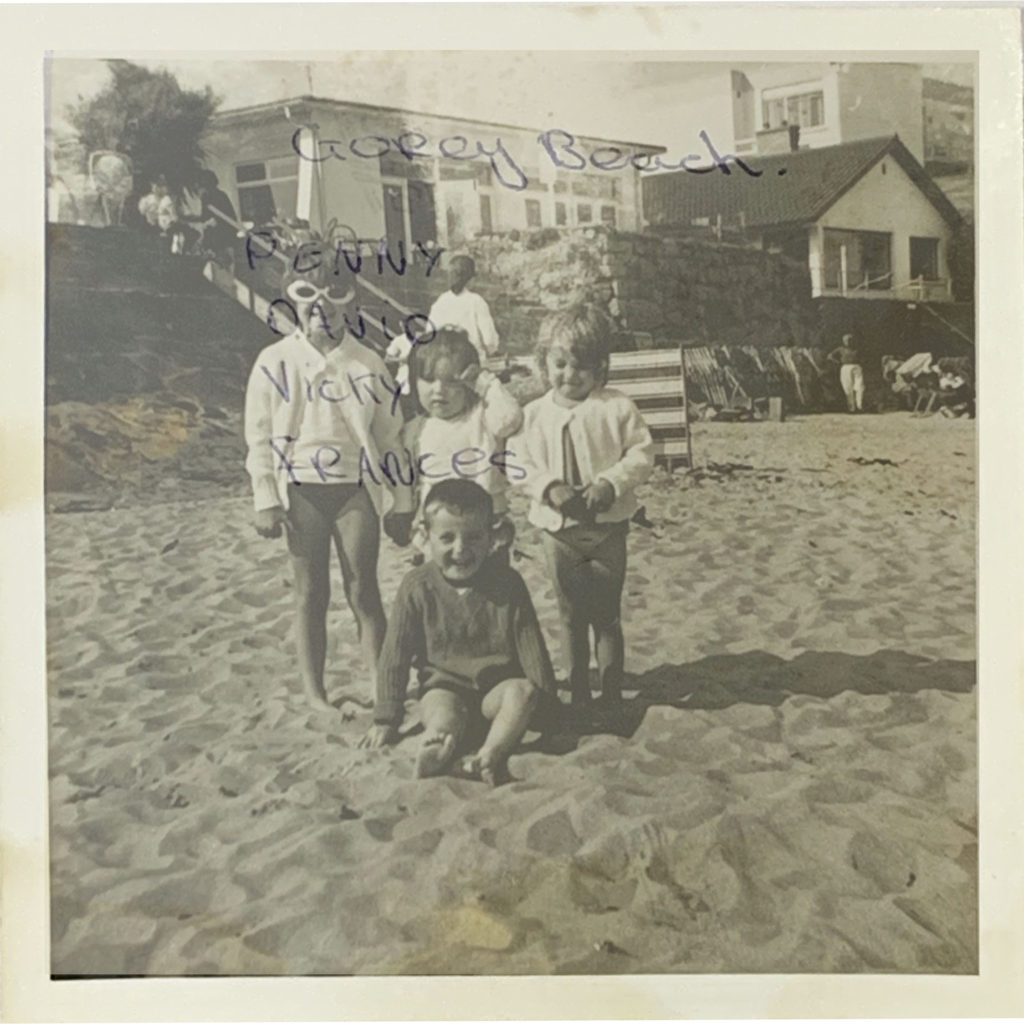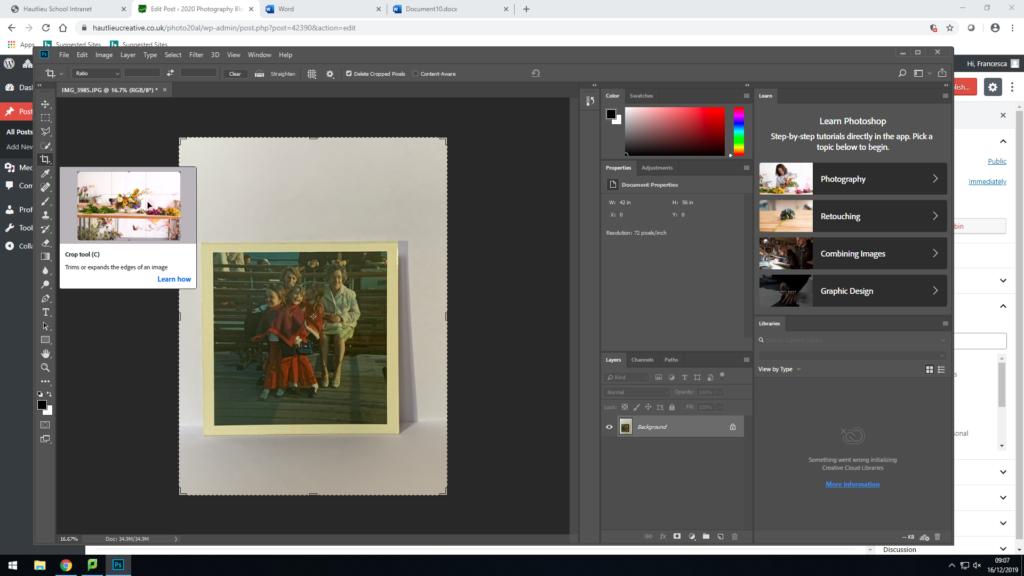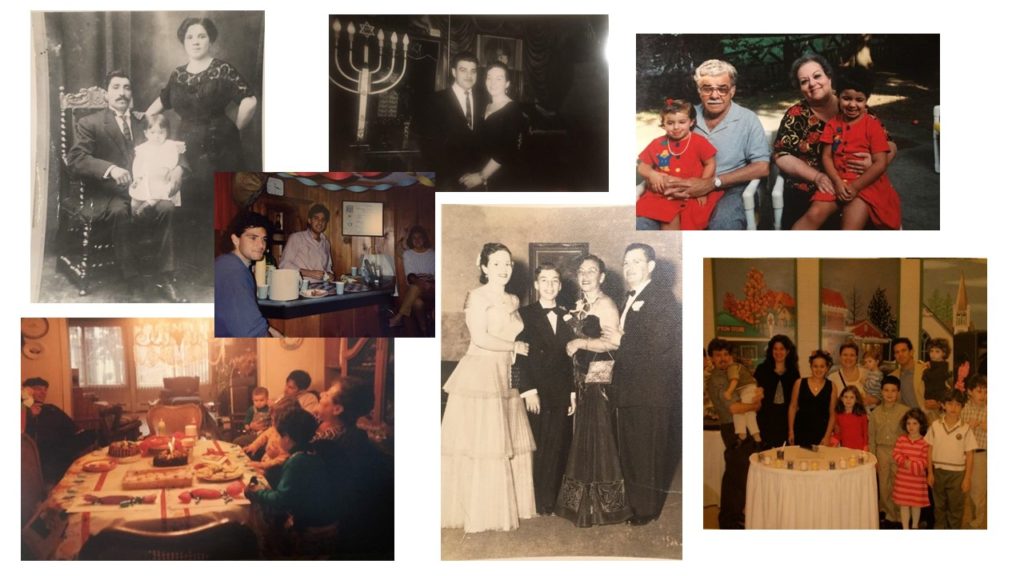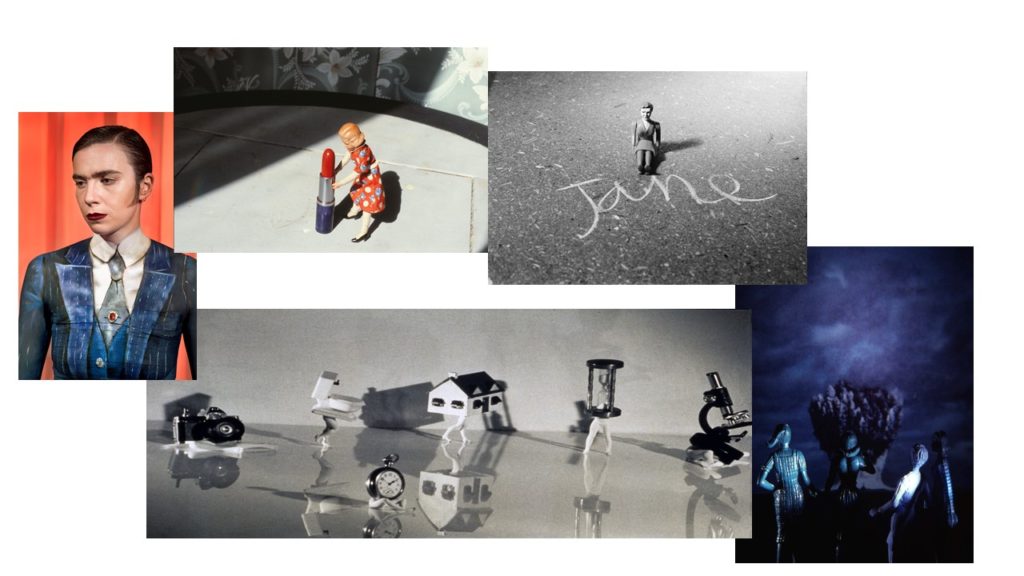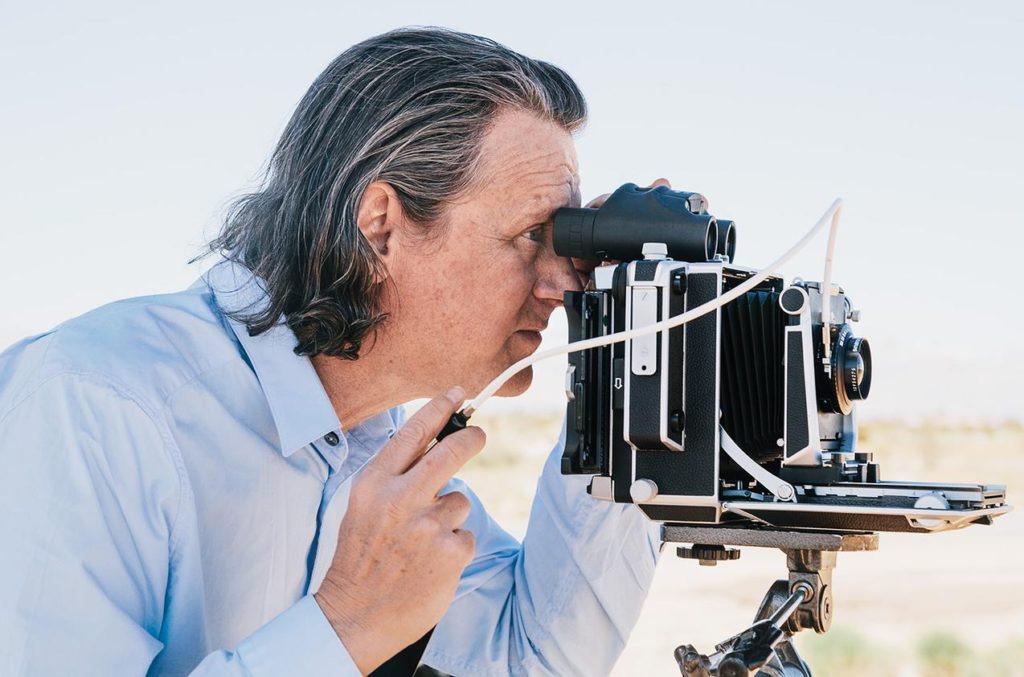Essay Question; How have family photos developed over generations?
Introduction
“photography has undergone a transformation, not only technologically but conceptually. Initially described as a means of capturing or freezing ‘real life” (Bright, S and Van Erp H. 2019: page 18). This quote backs up the meaning of my project, where I am to investigate the changes that have been made to family images throughout the years. Postmodernism came around during the second half of the 20th century, where the building on themes such as family photos where developed to more of expressionism and surrealism instead of the raw meaning of an image. Hollad. P said in his book ‘Personal photography and popular photography’; ‘home photography has undergone a dramatic transformation’ Holland. P (1998) ‘Sweet it is to scan…’ Personal Photography and Popular Photography. London: Routledge.This has allowed me to hear somebody else mention the change, making me want to investigate it more, however he also stated ‘family photography is itself an indication of the domestication of everyday life and the expansion of a family’ Holland. P (1998) ‘Sweet it is to scan…’ Personal Photography and Popular Photography. London: Routledge.Another artist I looked at was Keuyon D, where he spoke about the different topics that where typically held and taken in family photos, those topics included babies, mother and baby, father and baby, important possessions, child and bike, adult with car, house, grandchildren, friends and actual footage, too this day these topics haven’t changed, it is the way they are taken that had. The images use to be more stages and set out, however in the 20th century they have become more action shots and candid as we have the ability to take a photo whenever we want using out phone cameras. The images shown by the artists, show some during the 19th century where taking images where more on a rare occasion and the other where photos have become more modern.
About My Project
‘Photography has undergone a transformation’ this states what my project is focused on, the change in how photographs have changed, in the means of quality, staging and the way they are stored. The first half of my project focusing on the first and second generation of my family, which involves my grandparents and parents, this will include images of my parents at younger ages and showing them grow up to becoming adults, this enables me to show quality and staging of the images during this time where photos were of a rare occasion this slowly merged into my parents during the adulthood where you see a change in quality of the images, along with who is in the photo and who stands where. In the early photos, where my parents where infants, you can see the eldest seems o have dominance within the image as they become the main aspect of the photo, whereby they are at the front or in the centre of the frame, this slowly developed as the photos of my parents in adulthood, all subject share the same dominance and the whole scene becomes the main aspect, also images where taken on a more regular occasion.

However, as my parents grew older and decided to have a child you can see a change in focus on what they began to takes images of, at any change they would take a photo of me as it allowed them to see the different phases and changes of my growing up. Every image they took, seemed to have a main focus, which was me, the images became more candid as I became less aware an image was being taken as they were trying to capture memories when they could, so they could be remembered. This is completely different to how photos where taken previously as they where stored digitally on a computer or phone, along with their being an increase in how many photos where taken as it became easier to do this. In Howarth S. work you can see the type of images that are being taken today;

Between the two images, you can see a change in the staging of the images, the older photo is more staged and has a older, worn feeling about it, this is because they had one change to take an image, this was due to the cost of having a photo taken and developed as they weren’t able to be stored digitally. Compared to the more modern photo, which is more candid and it within the moment of a mother and baby, they were probably able to see the image and retake it multiple or times and due the fact f improvements in technology images where constantly in high definition and where stored electronically.
Inspiration 1;
One of the main influences I had during this, was the concept of archives. Visiting the Jersey Archive gave me initiative on how photos where taken back in the day, along with types of family photos came from family members and where sentimental and not seen as show pieces. The way the photos were stored and framed, made me want to produce the older photos I had in their natural form as it added to the story of the photo itself. By using these photos it allowed me to create a beginning to my family album I was creating.
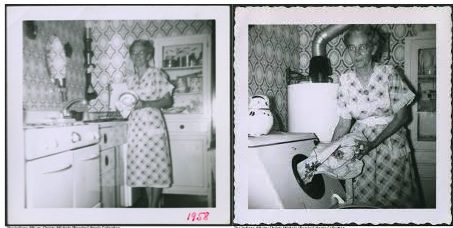
Photos such as the images above are the types of images taken during my grandparents life along with my parents. The low quality of the image is only part of helping the image to tell its story, the distressed boarder around the image on the right aids in defining the age of the image, along with the photo on the left having the date written in the bottom right hand corner. Writing on photos doesn’t occur anymore, this is due to the face of images being stored digitally now. I wanted to be able to document this within my book, so I decided to photograph the front and back of the images to showcase the facts on the back as it will add context and understanding to the image.
With this set in stone, this influenced me to go and find old photos of my parents, with this said I found plenty that were able to show age, and the different staging of the image aspects and by this I mean, it seems the eldest in the photo had dominance over everyone else, as they seemed to catch your eye first. Along with this, they had information on the back of them which added a more defined story to the image to help me understand the story, which I believe is a good aspect as it’ll make my book more personal and understandable as I will have images with meaning.


The images above are my own images I found and photographed myself. The lighting of the images is poor due to the old camera that was used, along with the poor printing and age that was carried with it. The colouring of the boarder and back of the image is a dirty cream/brown which does show the age, this is due to the fact the image has been held many of time, stored in different areas, etc but this adds character to the image as it can emphasise specific aspects. The top image is showing, my grandad, my mum, uncle and aunty as they are on a day out. My grandad draws most attention due to his height and build being much bigger than the other subjects. On the back of the images is written a place which they were visiting when they were on holiday, down the line this would have helped them to remember this memory more clearer and allow them to set the scene in their head, it also allows for the viewer to understand the type of place they where at. Finally, the unique handwriting style adds adjust and style to the image as it is rarely seen.
Conclusion
Through this essay and project, I have been investing how family photos have changed over time, my main point being – ‘photography has undergone a transformation, not only technologically but conceptually. Initially described as a means of capturing or freezing ‘real life’ (Bright, S and Van Erp H. 2019; page 18). From my research I have learnt how image have changed, firstly through the quality and the way they are taken. Images used to be taken rarely as it wasn’t as easy as it was today, once the image was taken it would be printed out as there was no other way to see them or have the image, however today images are taken on a regular basis as it is easy, due to cameras on phones and it is easier to keep the images digitally. Along with the way they are taken the concept has also changed, the images taken earlier where staged, they had more direction too them whereas today images have become more candid, due to how easy an image is to take an image. Overall, sentimental value hasn’t changed the way they are taken and the meaning/concepts have, this is due to the fact of changes made within society and the norms.










